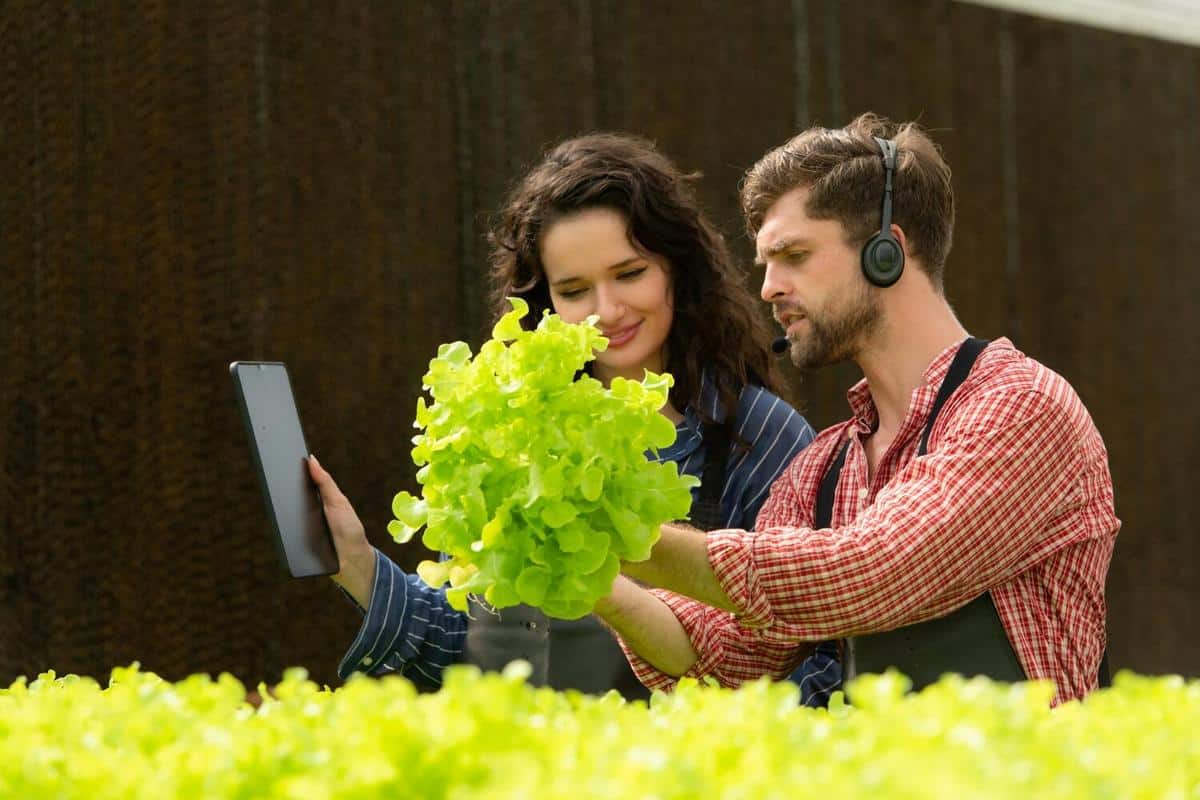
IoT in Agriculture: Modernizing Farming with Connected Devices
As the agricultural landscape continues to evolve with technological advancements, the Internet of Things (IoT) is playing a pivotal role in transforming traditional farming practices into more efficient, sustainable, and data-driven operations.
Harnessing IoT for Smarter Farming
IoT technology in agriculture is revolutionizing how farmers manage their crops and livestock. By integrating connected devices such as sensors, drones, and smart irrigation systems, farmers can gather real-time data to make informed decisions, optimize resources, and ultimately increase productivity.
Expert Insights on IoT in Agriculture
According to Dr. Ravi Sharma, an agricultural technology expert, “The integration of IoT in farming offers unprecedented opportunities to improve crop yields and reduce waste. By leveraging data from connected devices, farmers can monitor soil conditions, weather patterns, and crop health more accurately.”
Data-Driven Farming: The Numbers
Recent studies suggest that farms using IoT devices can reduce water usage by up to 30% and increase yields by 20%. These figures highlight the potential for IoT to contribute significantly to sustainable agriculture practices.
Real-Life Applications and Examples
One farmer in Iowa implemented IoT sensors in his cornfields, which allowed him to monitor soil moisture levels and adjust irrigation schedules accordingly. This not only conserved water but also improved crop health, resulting in a better harvest.
Practical Tips for Implementing IoT in Agriculture
- Start small by integrating basic IoT sensors to monitor essential parameters like soil moisture and temperature.
- Invest in scalable solutions that can grow with your farm’s needs.
- Utilize data analytics platforms to interpret the data collected by IoT devices for actionable insights.
Consider collaborating with technology providers who specialize in agricultural IoT solutions to tailor systems that best fit your farm’s unique requirements.
Comparing IoT Solutions in Agriculture
| Feature | Solution A | Solution B |
|---|---|---|
| Sensor Accuracy | High | Moderate |
| Cost | Affordable | Premium |
| Scalability | Excellent | Good |
| Data Analytics | Advanced | Basic |
| Ease of Use | User-Friendly | Technical |
| Support | 24/7 | Business Hours |
| Integration | Seamless | Requires Setup |
| Energy Efficiency | Optimized | Standard |
Frequently Asked Questions
How can IoT improve water management in agriculture?
IoT devices can monitor soil moisture levels and weather conditions, allowing farmers to optimize irrigation schedules and reduce water waste.
What are the initial costs of implementing IoT in farming?
The costs can vary widely depending on the scale and complexity of the IoT solution; however, starting with basic sensors can be a cost-effective entry point.
Conclusion: Embracing the Future of Farming
With IoT technology paving the way for more efficient and sustainable farming practices, adopting these innovations can significantly benefit the agricultural sector. By leveraging data and connected devices, farmers can enhance productivity, conserve resources, and contribute to a more sustainable future. As the agricultural industry continues to embrace IoT, the potential for growth and innovation is boundless.


